Ecommercestrategychina.com uses cookies and other technologies to provide you a better browsing experience. You can get more information regarding the use of cookies, or decline it whenever by clicking Privacy Policy. By using this site or clicking “Okay”, you give us the consent to the use of cookies.
OKAY
People never stop asking for social networking products. That’s why the recent rollout of Bullet Messager has received so much attention. However, the current social networking products are beginning to show homogeneity in features like text messaging, audio messaging, video messaging and group chat. What kind of innovation is needed to inspire the weary social network market? Geosocial may provide an answer.
Geosocial networking simply means visually displaying the location and dynamics of friends on the map and building a social scenario for them. Although such products have existed since 2014, the use of map scenarios began to increase in 2017. For example, Didi Taxi shows the vehicle’s real-time distance, while Meituan Takeout shows the location of the delivery person. Bike-sharing applications also use maps to quickly help us find nearby bikes. All of those apps unconsciously cultivate user habits – reading maps in the APP. Social networking software based on LBS (Location Based service) often prioritises the proximity of people and the distance, but showing a number of the distance is far less intuitive than showing the school, community or street directly. The visual intuition can increase psychological affinity to a certain extent.
Here are some of the new Geosocial networking products in China.
Three products for different scenarios:
Spot creates a scenario to interact with trusted friends based on a map. Users can invite friends from other social platforms, such as WeChat and QQ, to join the app. Users can review and interact with friends' locations in real time, such as music conversations, sending short videos and emojis. Also, they can post and share their moments on the map in real-time.
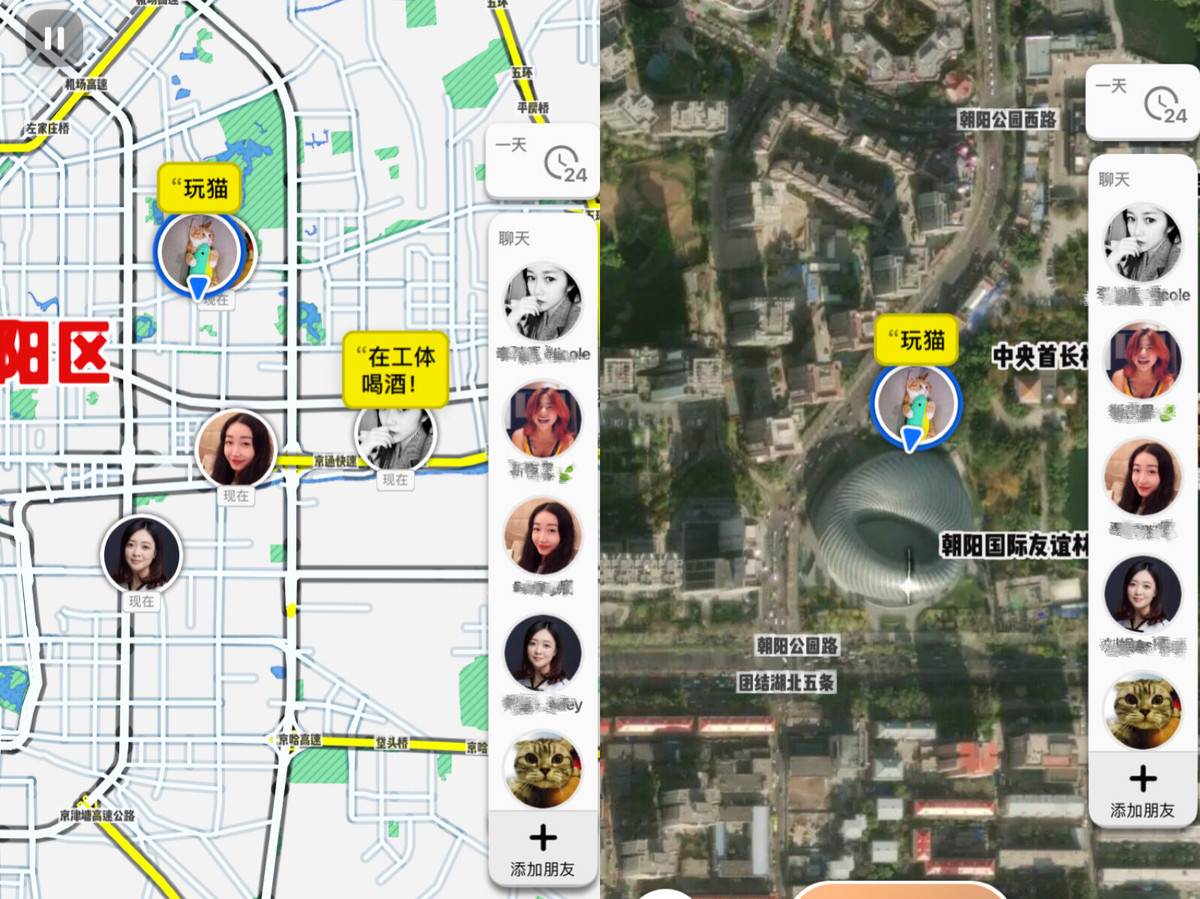
Alice creates a scenario for real-time information exchange based on the map. Users can set up their own chat room anywhere on the map and automatically send the information to the nearest user. In the chat room, users can post information such as help requests and activities. The information can only be stored for 100 seconds to avoid the accumulation of delayed information. The product is not open for public testing.
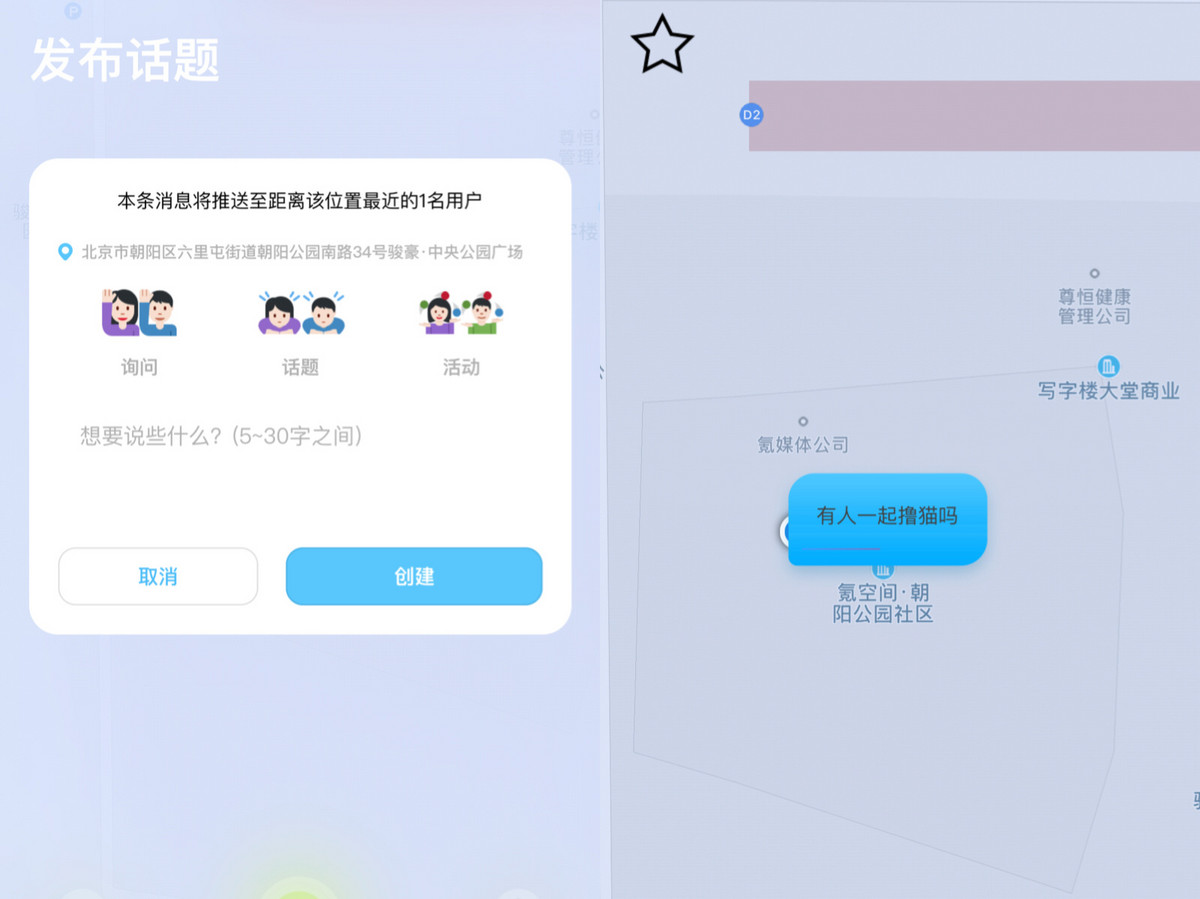
This product creates a social scenario of the neighbourhood. After users set up their own communities and common places, they can go to the relevant channels to review and interact with all the information published by neighbours. It is similar to a community bulletin board system (BBS). Users can post based on their location, including four topics: Help, Appointment, Mood and Second-hand. In addition, users can set a profile picture and interest label on this app.
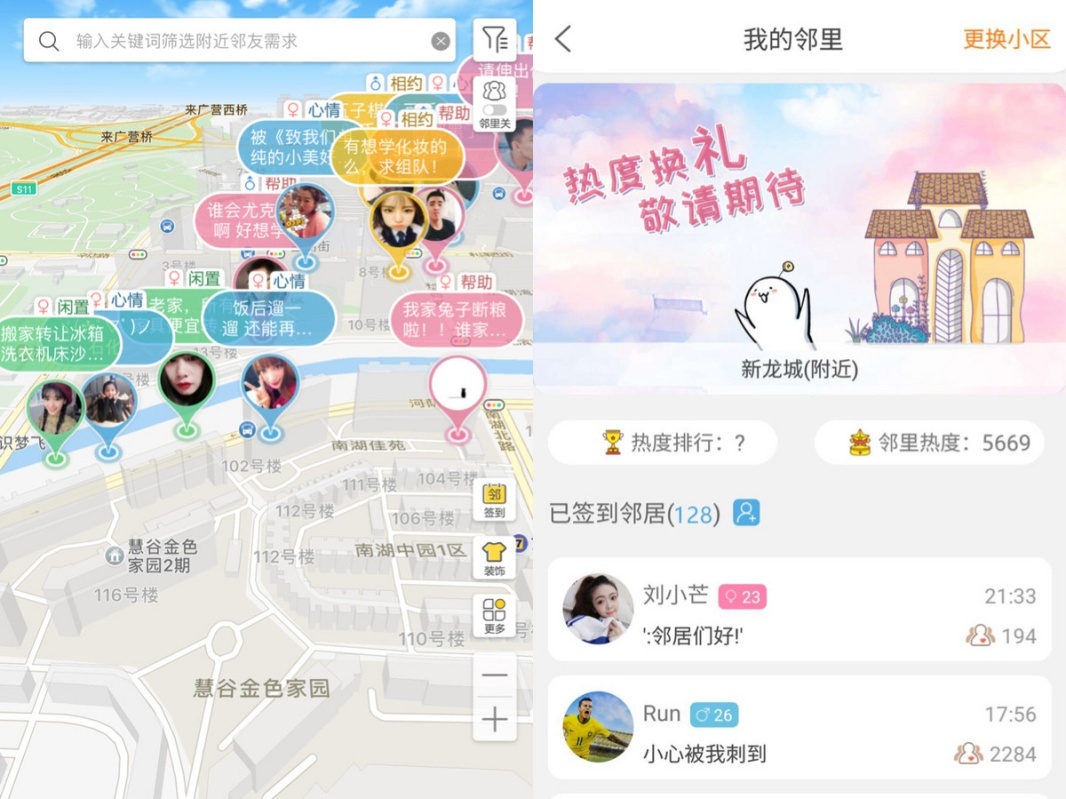
How to build a successful social networking product to increase the interaction between strangers?
Presenting new and fresh features is the first step to attract users to chat online with strangers through a social networking product, such as visual maps. And the next key issue is the generation and maintenance of user stickiness. To increase user stickiness, social networking apps need to build a strong network for the user in the app itself to meet their needs, such as life service and making friends through this app. We will summarise some experiences by further analysing the above three products.
Alice was developed to help users expand their existing relationship chain. However, the information can only be stored for a short time and posts can be published without avatars or personal information. These settings weaken the role of deep relationships.
How often do users want outside help? How high is the user churn rate if their needs are not addressed immediately? This is a problem Alice needs to solve. If high user demand frequency and user density cannot be realised, it will be difficult to generate user stickiness. (The image below shows an example of a user looking for a partner to go to the library together in a school.)
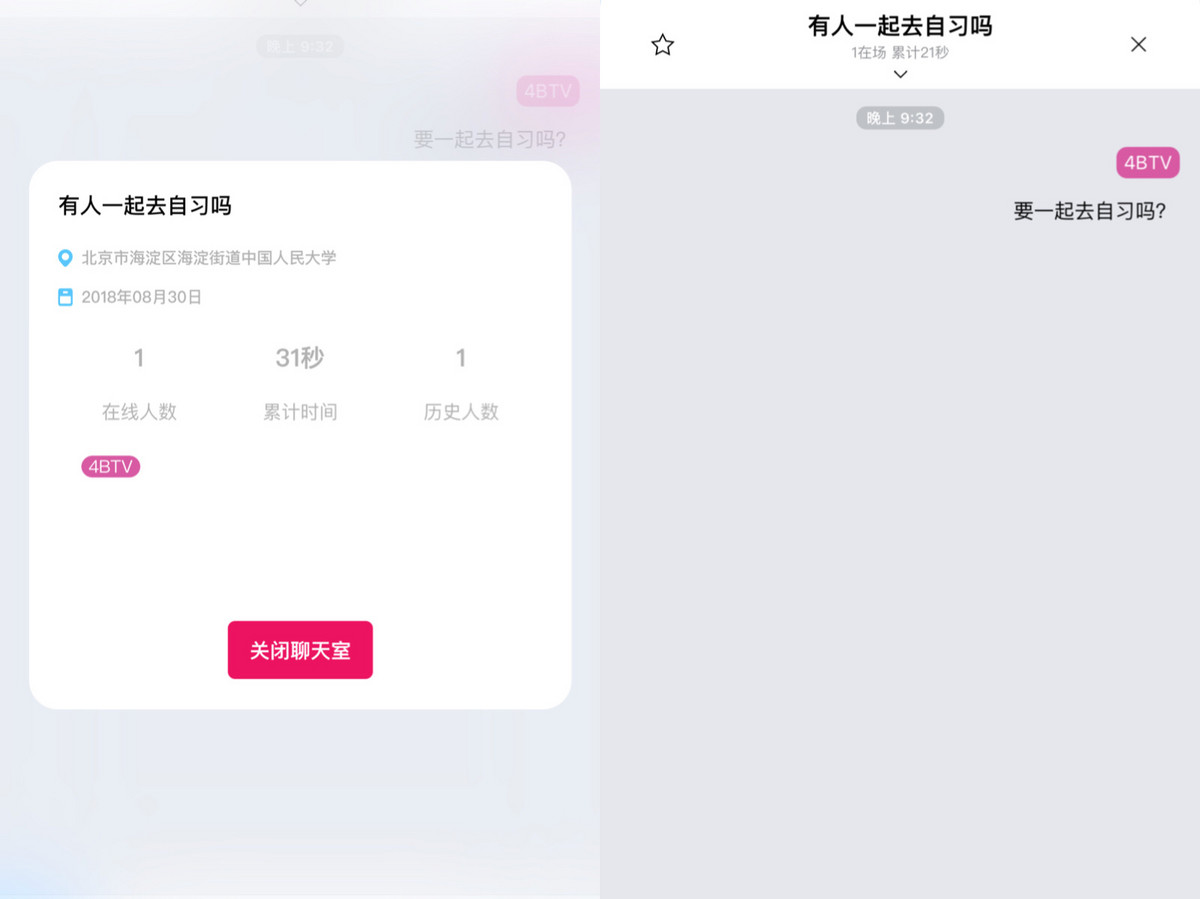
See how the Life App brings together users from the same community. User requirements, such as the date of dinner, the date of the movie and the lending of things, all need to be done offline. Even though they may wish to switch to WeChat for further communication, the appeal of the community is that users are still curious and interested in the content of the community. Once new requirements emerge, users will return to the platform to find like-minded partners.
Even if the finding of friends only depends on the location, geosocial networking products can increase user trust to some extent. Especially for female users, interacting through social networks is more reassuring than chatting directly with strangers on dating platforms.
In addition to the community interaction, users can also directly select nearby active users on the map to interact with each other. Similar products include Nextdoor in the United States which is limited to communication within the community. And the needs are mostly related to life, such as babysitting. Nextdoor is very careful in protecting the privacy of users. First, users must select their home address on the map and then wait for a physical postcard sent by Nextdoor to confirm their identity. Or they can provide their phone number and wait for the verification by Nextdoor. Or they can pay a penny to verify with a credit card linked to the address. In contrast, the See the Life App places more emphasis on making friends than on life services.
How can these products be monetised in the future? Commercial advertising may be a possible route. For example, when shopping malls have discount activities, a small sale information card can be displayed directly on the map. For small traders who do not have sufficient resources to advertise on the platform, and whose target users are often those living nearby, such a platform will be a good marketing channel.
Maps can bring new product features and provide people with a more intuitive experience. But for social networking products to retain users, they must be able to consistently address their needs and requirements.
Please Login to add comments.
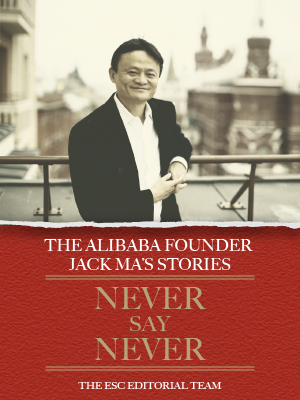
$9.99 $19.98
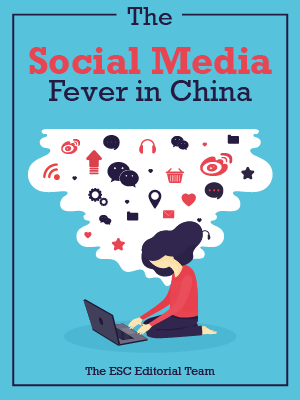
$9.99 $19.98